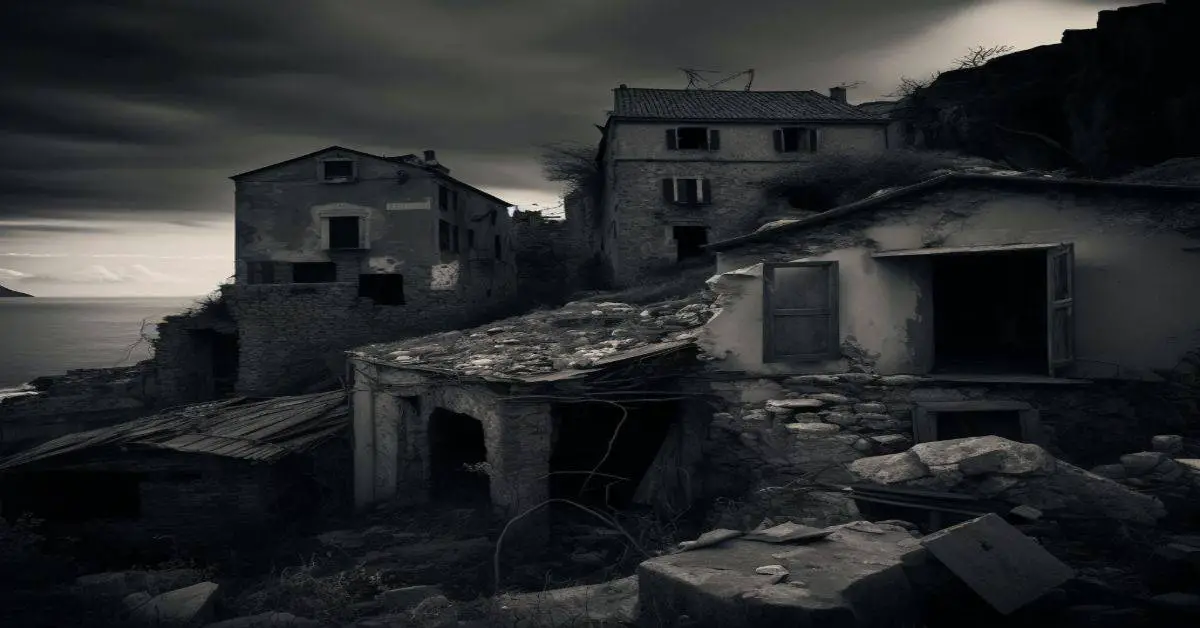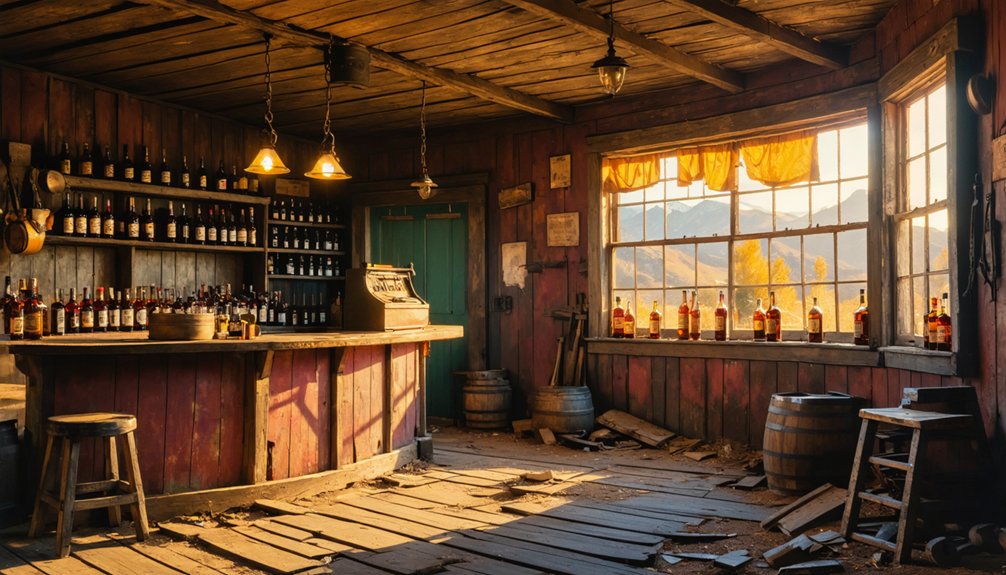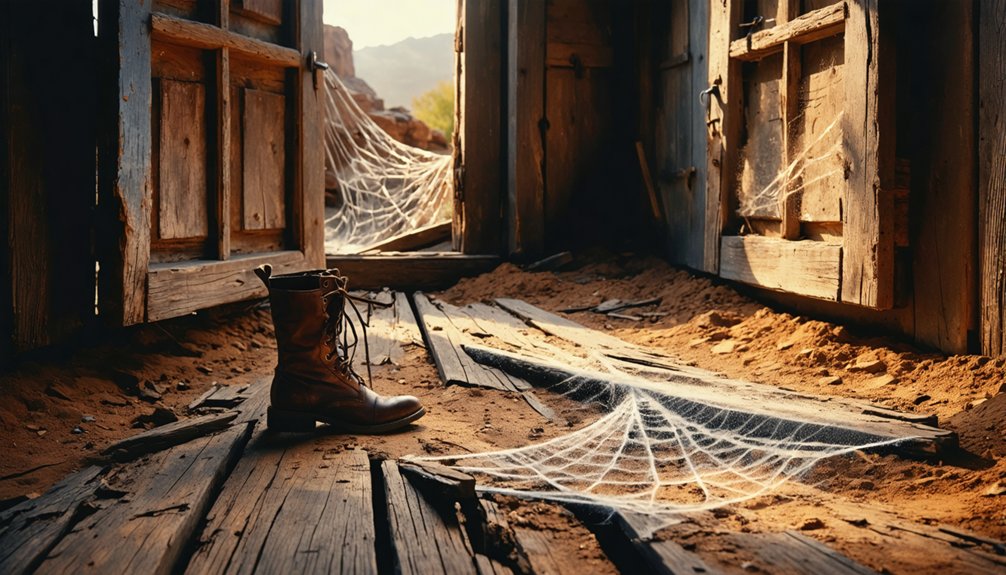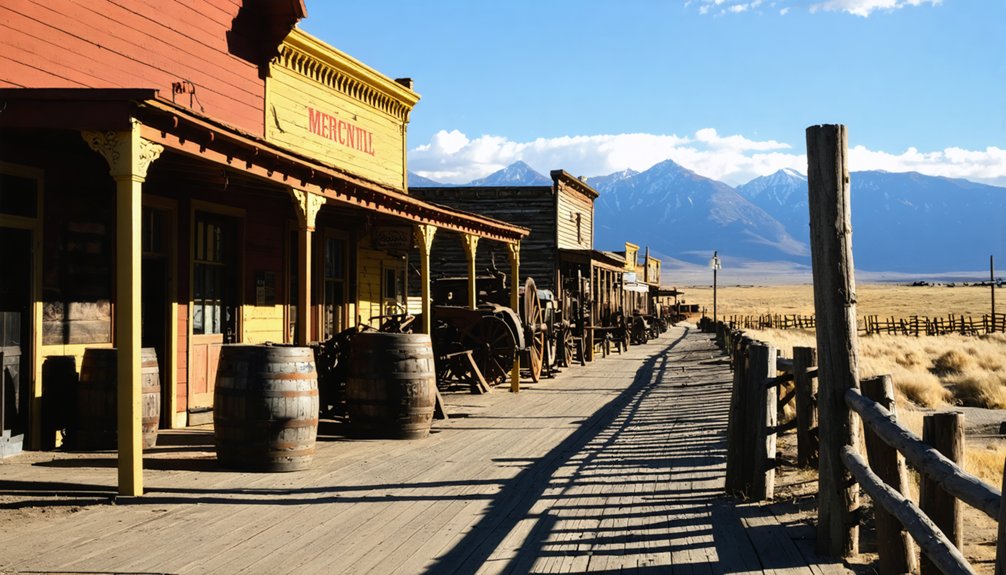California is primarily known for its lavish lifestyle, million-dollar mansions, and beautiful cities. However, this state has a long history of ghost towns, originating around the mid-1800s after the California Gold Rush.
Many communities and miners in this part of the country abandoned the area after the gold rush, leaving it deserted with very few signs of life.
Although there is no exact number, it is believed that there are more than 300 ghost towns in California. Some ghost towns have been lost to the land, others are privately owned, and many well-known towns have become tourist attractions.
It has been speculated that most, if not more than three hundred ghost towns still have visible remains of some sort. Here, we will list some of California’s most historic ghost towns. Some towns are abandoned, while others still contain a few inhabitants. Most of these abandoned towns were mining towns, which accounted for much of their economic activity.
Calico, California
Calico is located in the Calico Mountains of the Mojave Desert in southern California. The town was founded around 1881 as one of the most famous silver mining towns in San Bernardino County. Barstow and Yermo are the closest communities to this area, each three miles away.
During its lucrative days, Calico’s 500 mines generated around twenty million dollars after opening the Silver King Mine in the mid-1880s. This city’s population was 1,200 and grew to 3,500 in 1890, thanks to the discovery of the borate mineral colemanite.
However, the Silver Purchase Act drove down the price of silver, making Calico a ghost town by the end of the century.
In the 1950s, Walter Knott purchased Calico from Zenda Mining Company, which previously owned it. He attempted to restore the city to its original state using old pictures as a reference. Finally, in 1966, it was given to San Bernardino County, becoming a County Regional Park.
Some attractions people can find at Calico are:
- The Maggie Mine
- The Calico Odessa Railroad
- Paranormal tour
- Calico Mystery Shack
Bodie, California
Bodie is a former gold-mining town and is considered a State Historic Park in California’s Bodie Hills, close to the east of Sierra Nevada mountain in Mono County. Also, it is near Lake Tahoe, located in the southeast at just 75 miles and 24 miles from Bridgeport’s city. It was also considered a boomtown thanks to the expansion of the discovery of gold in 1876. The development raised the population from 7,000 to 10,000 people.
Bodie started as a mining camp after discovering gold around 1859. It was named after W.S Body, a local miner who unfortunately passed away after a blizzard. The boom began in 1876 after the Standard Company discovered gold deposits, transforming this town from an isolated mining camp into a prosperous and profitable city. After this, the economic decline in 1914 lowered mining’s profits.
1915, it officially became a ghost town and was transformed into Bodie State Historic Park. As of 2015, it is believed that this area remains abandoned.
Some of Bodie’s most famous tourist attractions are:
- Visiting old Bodie’s houses
- Remains of general stores
- Wagon building and shed
- Carriage barn
- Old Firehouse
- Antique Post Office
- Also, learn about Bodie’s haunted letters
Malakoff Diggins State Historic Park
Even today, this state park has preserved one of California’s largest hydraulic mining sites. Until 1882, the hydraulic mining site belonged to Woodruff North Bloomfield Mining and Gravel Company. It is 11 miles north of Nevada City at the northeast in Gold Rush County near North Bloomfield Road.
Gold was found in 1851, but the hydraulic mining method started in 1853. As a result, the North Bloomfield Mining and Gravel company and population grew until 1844, when the Sawyer Decision was emitted.
The Sawyer Decision was a lawsuit brought to the California Courts in 1882 due to a group of local farmers suing the Mining Company over damages caused and environmental effects done to their farmland. Aside from that, Judge Lorenzo Sawyer declared that hydraulic mining was illegal. Many people started to move away from the area, leaving 3,000 acres of town land to form a ghost town.
Some tourist attractions that you can find at Malakoff Diggins are:
- Massive 600-foot cliffs sculptured by hydraulic water pumps.
- North Bloomfield park visitor center
- You can go hiking, camping, fishing and swimming at the park.
Cerro Gordo, California
Cerro Gordo is a privately owned collection of deserted mine camps in the Inyo Mountains 41 miles southeast of Lone Pine. It is perched at 8,500 feet above Owens Lake.
Cerro Gordo’s history dates back to 1865, when Pablo Flores discovered mining and smelting points for silver ore in Buena Vista Peak. After the silver discovery in 1868, it became one of the most famous towns in the West due to its abundance and incredible population of 4,000. However, Cerro Gordo’s profit and mine production decreased tremendously by 1920, leaving only ten miners in the area.
Another significant event that led to this area being considered a ghost town was the fire damage to the Union Mine buildings in 1877. Even though the damage was repaired, it left the mine in debt and this unfortunate event, combined with the economic decline of ore, caused Cerro Gordo to end its operations in 1879 and become a ghost town.
Nowadays, you can access this privately owned ghost town through special permission and visit the tourist attractions and the remains of the area. Brent Underwood and business partner Jon Bier have invested and are committed to restoring the city. This project started in August 2021.
Brent has his own YouTube channel, Ghost Town Living, dedicated to tracking his progress in restoring Cerro Gordo, CA. He also has an Instagram channel as well
Here is a brief list of popular tourist attractions in Cerro Gordo:
- Visit the remaining buildings and stores
- You can schedule a walking tour to explore and learn about the town’s history
- You are allowed to take photographs of the town
Shasta State Historical Park, California
This abandoned area is less than 5 miles from the Redding city center. It is well-known for having unique remains as one of the busiest cities in California during the gold rush era around the nineteenth century.
In 1848, gold was discovered near Shasta, transforming the prosperity and abundance of this town, having almost over 3,500 residents and excellent commercial opportunities. However, the decline happened when the Central Pacific Railroad was bypassed in 1873. As a result, the area was declared a ghost town.
Available tourist attractions that can be found at Shasta State Historic Park are:
- Visiting the jail of the town
- Blumb Bakery to view popular baking techniques from the 1870s
- Self-guided tours
- Take a look at the restored Old Courthouse, which is now a museum
Keeler, California
Previously known as Hawley, Keeler is a census-designated place in Inyo, California. It is situated on the east shore of Owens Lake 11.5 miles southeast of New York Butte. Surprisingly, it has been said that the population is 66 people, as stated in the 2010 census.
After the 1872 Lone Pine earthquake, it sparked the construction of a new pier south of the community named Hawley. In 1880, the Owens Lake Mining and Milling Company built a new mill, which processed silver from the Cerro Gordo mines. The success of these mines led Keeler to abundance until silver prices decreased drastically in the late 19th century.
This area is almost considered a ghost town since only 66 people live there compared to the incredible number of deserted buildings.
Some interesting things you can see in Keeler are:
- Owens Lake Silver Company furnace
- Old Keeler cemetery
- Train depot and mining buildings
- Post office dating back to 1883 and still in operation
Conclusion
California is home to more than 300 ghost towns after the Gold Rush era in the mid-1800s. Some of the most popular and visited areas are Calico, Cerro Gordo, Bodie, and Malakoff Diggins, which have an extensive history of why and how they were abandoned. Some ghost stories are tied to these types of places since most of them were deserted due to natural disasters or economic decline.



